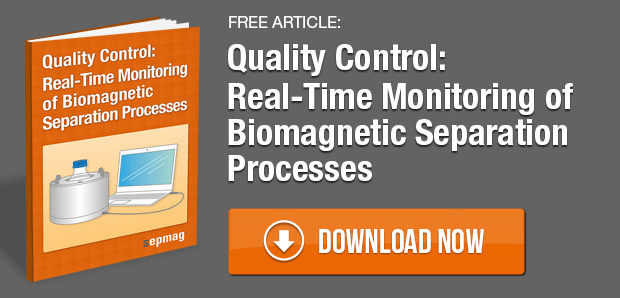Oxidative stress has been reported to be a significant aspect in the development of several pathologies, including atherosclerosis and diabetes mellitus. In addition to being the byproduct of a number of oxidases found in biological systems, hydrogen peroxide can be utilized as an effective indicator of oxidative stress. As such, several methods have been developed to detect its presence.
Recently, researchers in Iran developed a way to measure hydrogen peroxide levels using magnetic nanoparticles. The particles function as electrochemical biosensors, making use of direct electron transfer reactions to probe for the presence of hydrogen peroxide.
Nanocomposite particles are decorated with hemoglobin
The particles, developed by a group of researchers at the University of Mazandaran, are composed of a polyfuran (PFu) and iron oxide nanocomposite, effectively combining the conductive and antioxidant properties of biocompatible PFu with the superparamagnetic properties of iron oxide. Hemoglobin molecules are immobilized on the particle surface. The structure of the attached hemoglobin is preserved, and its orientation is such that its active center remains intact, allowing it to perform electron transfer. The PFu-iron oxide nanocomposite functions as a direct mediator of electrochemistry between the attached hemoglobin proteins and the electrode.
Electrochemical biosensors are highly sensitive to hydrogen peroxide
Although previous research has explored the idea of utilizing polymer nanocomposites, this was the first study incorporating the direct electrochemistry of immobilized hemoglobin. The resulting nanoparticles displayed a high affinity and sensitivity for hydrogen peroxide in vitro. Particles were stable and viable for 14 days when stored at 4C, and their colloidal properties were greatly enhanced by the iron oxide component.
Researchers emphasize the potential of their research, not just in the biomedical arena, but in industrial applications as well. Their high affinity and selectivity, in addition to their high degree of compatibility, makes the particles ideal for measuring levels of hydrogen peroxide in a range of sample types. A full report of the findings can be found on the Sensors and Actuators B: Chemical website.
Related news:



